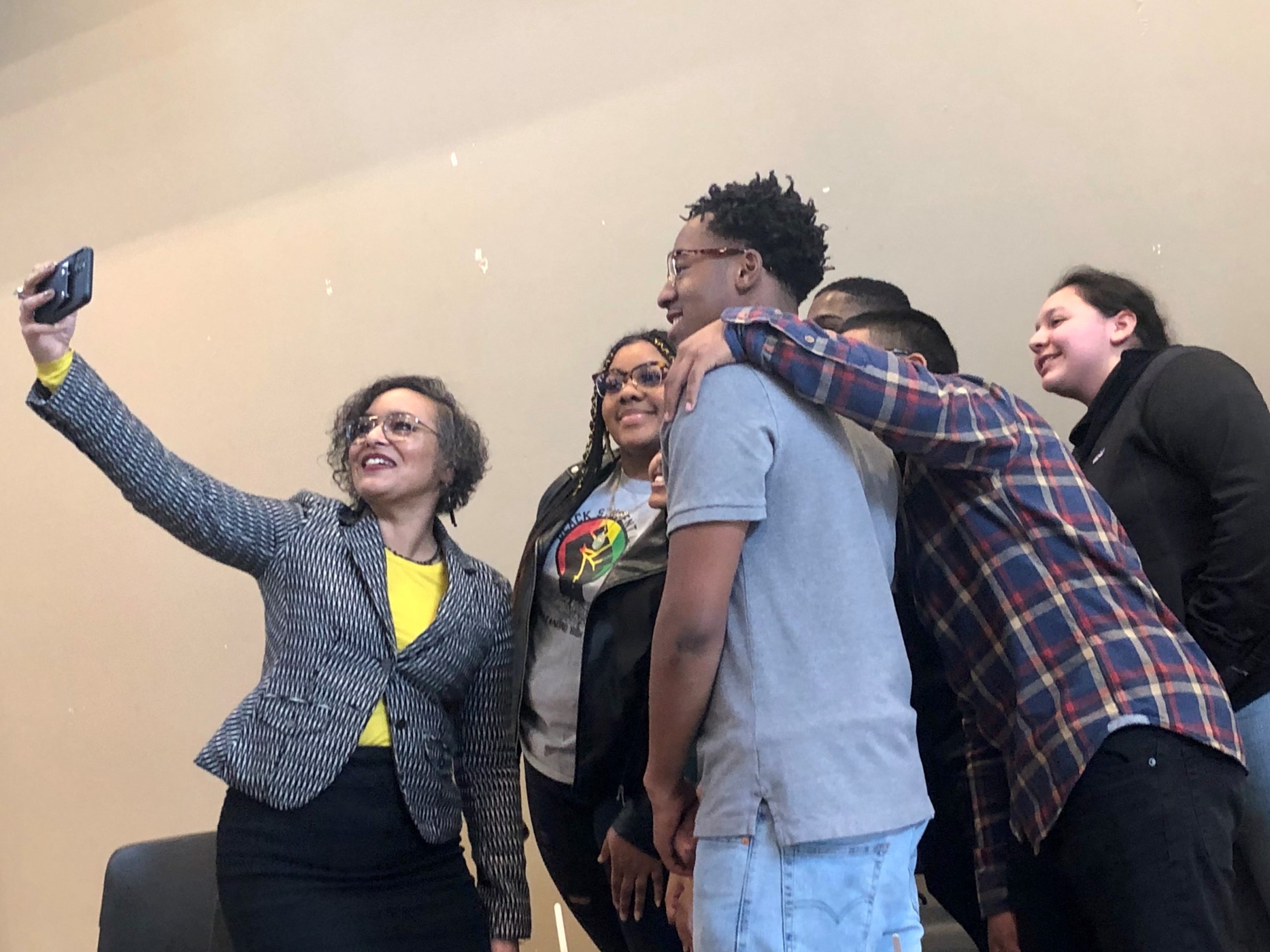What led you to run for President of CCSESA?
I am so honored to have represented the diverse and dynamic educational communities of Alameda County for the past six years. I am all the more honored now, as your President of CCSESA, to bring my leadership experience and practice in support of the 58 county Superintendents of California. When I became the Alameda County Superintendent of Schools in 2015, I had already come to realize the deep and critical difference the role could have in the lives of students most in need of advocacy and support.
The promise of the daily impact that we can have on school communities, children and families continues to motivate me as I take on this work at a state level.
At ACOE our mission is to provide, promote and support leadership and service to ensure the success of every child in every school every day. That mission is the same whether it applies to leading the students of Alameda County or the students of this remarkable state of California. I believe in problem-solving and innovation and our responsibility to address the pervasive issues obstructing the well-being of students. I believe that our work serves as a model of social justice in action and the opportunity to lead for that work at a statewide level with educational leaders who share that vision.
What objectives do you hope to achieve in your year as president?
During this extraordinary time of a global pandemic, a transition in our national government and a clarion call to focus on issues of social justice and race, our educators and educational leaders find themselves at the intersection where all three converge. It is my goal to lead by giving voice to statewide conversations that can have a direct impact on the six million children in California public schools.
There has not been a more critical time in public education in our lifetimes. The impactful and monumental decisions we are making daily as educational leaders have the potential to impact our students for years to come. This is a moment that must be met by thoughtful, intentional practitioners and leaders. We must address the significant learning loss so many students have suffered as a condition of this crisis and determine the most important actions to take, and take them quickly.
Rather than merely press a reset button when classrooms open again, or restart from the place we were before, we have a chance to innovate and propel our students forward. We have an opportunity to both see and support so many students, African American students, Latino students, immigrant students, students with special needs and those living with poverty and uncertainty, students who have traditionally had the least success in our public schools. We cannot do what we have always done.
We can innovate and progress. We can change and adapt. We can meet new challenges in ways we wouldn’t have imagined a year ago. Those are my goals as a leader for CCSESA.
What is a bright spot / exemplary program in your county that would be of interest to educators?
I have been so proud of our work establishing Alignment Bay Area (ABA), a collective impact initiative that has brought together leaders of industry, colleges, labor, community organizations and school districts to integrate and transform systems that improve opportunities for our students to Live, Learn, Earn and Thrive.
Our vision has been to create aligned networks that provide equity, opportunity and inclusion for students to prepare them for college and beyond.

ABA started with the powerful work of the East Bay Career Pathways Consortium to build Career Pathways for students. It was expanded with the second round of Career Pathways
Trust funding to include our most vulnerable students. We have focused on the opportunity to greatly expand participation of young men and women of color in STEM careers, as we know that only two percent of the STEM workforce are people of color. California, meanwhile, has more STEAM jobs than any other state.
Our main strategy is creating quality regional work-based learning and industry engagement that provide opportunities for students to take steps toward a fruitful life and career, including a family-sustaining income by the time they are 25 years old.
We continue to build a backbone organization that sustainably coordinates college and career readiness, aligns those efforts with the workforce needs in our region and brings leaders together from across sectors to hold a common vision for that alignment.
What is something about yourself that other CCSESA members may not know about you? In the early 1980’s I had the honor of working as a legislative intern for Congresswoman Shirley Chisholm. It was one of the most memorable experiences of my life to work for a teacher-turned-political leader and icon.
Follow ACOE on twitter @AlamedaCOE










